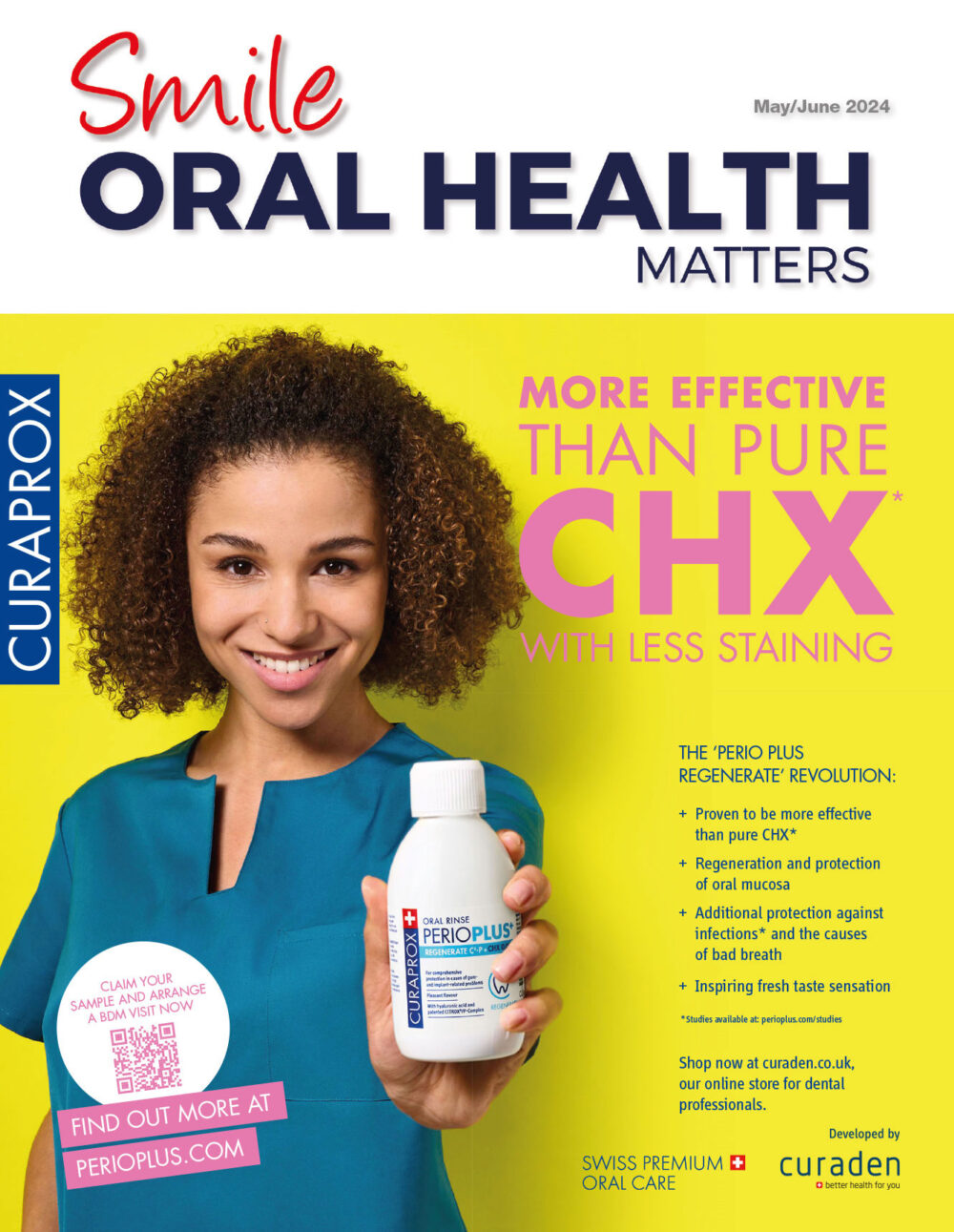 Dr Harry Craig tackles a case that involves replacing historic veneers with new ceramic veneers.
Dr Harry Craig tackles a case that involves replacing historic veneers with new ceramic veneers.
A female patient in her 40s presented at the practice in April 2024 for a cosmetic consultation. She wanted to refresh her historical dentistry placed 20 years prior. These included two ceramic veneers on the upper centrals, and a composite veneer on the upper right lateral incisor. Whilst the composite veneers were younger than the porcelain, they had lost their lustre.
A thorough assessment showed that she was dentally stable, but tetracycline staining was notable in combination with moderate anterior crowding. The veneers were originally placed as an effort to mask the dark banding present on the incisors.
Treatment options were discussed in depth. A pre-restorative orthodontic approach would have relieved crowding, allowing for more minimal preparation and derotating the canines. The patient was, however, limited by cost and wished for a less-expensive alternative. A digital diagnostic preview was created using the EvidentHub, visualising the possibilities that the patient could choose between. The decision was made to whiten, then restore the four anterior teeth with porcelain veneers.
Figure 1 Pre-Op Smile
Figure 2 Pre-Op Anterior Close-Up View
Treatment begins
First, bleaching was performed. Although, the whitening didn’t correct the tetracycline staining, it did make a difference to the body shade, allowing for B1 veneers. Utilising Kois glasses, a facially driven digital wax-up was created and 3D printed. The aesthetic pre-evaluative (APT) technique was used, cutting depth grooves for the veneers through the proposed end point, supporting a minimally invasive approach. The existing veneers were removed, revealing secondary caries at the margins. With the patient happy to proceed, slice preparation around the central incisors was performed to relieve crowding and to achieve an aesthetic result that was financially manageable.
Once the preparations were finalised, 000 retraction cord was used to vertically displace the gingivae, followed by expasyl retraction paste for horizontal deflection. A intra-oral scan (3 Shape) was taken. In addition to scanning, a natural dye shade was provided to the lab, allowing the lab to mask the tetracycline staining.
Temporary veneers were fabricated using Luxatemp B1 (DMG) following the original digital design. The temporaries were not perfect as the UR2 was slightly out the line of the arch, however the difference to the patients smile was notable. Having worn the temporaries for a week, the design was approved, scanned and sent to the lab in combination with annotated images.
Finishing touches
On their return, the veneers were tried with translucent try in paste and subsequently bonded with Vitique resin cement (DMG). Once seated, the composite edge on the UR3 was replaced using a layered approach to match the new body shade of the teeth. 200µm articulating paper (Bausch) was used to ensure the veneers were not interfering with the envelope of function.
The patient was delighted with the outcome as it led to a naturally improved smile. Even though pre-restorative orthodontics was the primary professional recommendation to relieve the crowding, a lovely result was still achieved.
Figure 3 Post-Op Smile
Figure 4 Post-Op Anterior Close-Up View
Ingredients for success
For fellow young dentists tackling cosmetic dental treatments such as this, two things were vital for an excellent outcome. Firstly, consistently taking clinical photographs is an invaluable aid to the process, whether that be for patient education, legal protection and consent, or to highlight the skills and knowledge of the practitioner. It is also recommended to have a mentor who can guide and support, offering suggestions and helping to prepare suitable cases. There are always many dentists willing to help within the BACD; Dr Ken Harris (Accredited Fellow) and Dr Richard Coates (Accredited Member) have been excellent mentors for me.
For more information about the BACD, please visit www.bacd.com
Author Bio:
Dr Harry Craig is an award-winning general and cosmetic dentist. After graduating from Newcastle University in 2021, he evolved his knowledge and skills through attendance at the prestigious Kois Center, USA; in combination with shadowing Dr Ken Harris and Dr Richard Coates. Now a fellow practitioner at Riveredge Cosmetic Dentistry, Dr Craig splits his work between Sunderland and London as he continues his journey to become the third BACD Accredited member of the practice, ensuring that patients are given consistently outstanding cosmetic treatments.

















